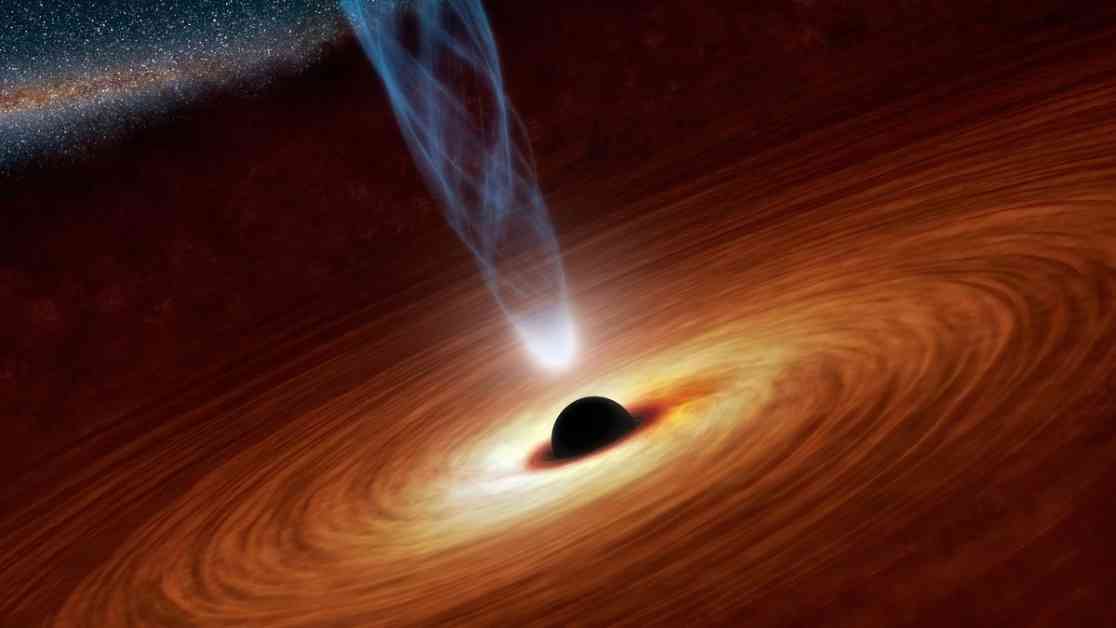Astronomers using the James Webb Space Telescope have discovered a group of galaxies in the far reaches of the universe known as the Little Red Dots. These galaxies are small, red, and compact, and present a mystery to astronomers. Some theories suggest they could be either densely packed with stars or contain supermassive black holes.
When analyzing the light from these galaxies, astronomers look for emission lines in the spectrum, which can indicate the presence of a supermassive black hole. The Little Red Dots appear differently depending on the method used to study them, leading to two main hypotheses about their nature.
The first hypothesis suggests that the Little Red Dots are densely packed with stars, possibly containing up to 100 billion stars, making them some of the densest stellar environments in the universe. The second hypothesis proposes that these galaxies host overmassive black holes, which defy the conventional ratio typically observed in galaxies.
Despite the evidence pointing towards the presence of black holes in the Little Red Dots, there is a lack of X-ray emission, which is typically associated with black holes. Further observations with the Webb telescope and more powerful X-ray telescopes may help astronomers determine the true nature of these mysterious galaxies.
Understanding the true nature of the Little Red Dots could provide valuable insights into the early universe and the formation of galaxies and black holes. By continuing to study these enigmatic galaxies, astronomers hope to unravel the mysteries of the ancient universe and shed light on the processes that shaped the cosmos billions of years ago.












